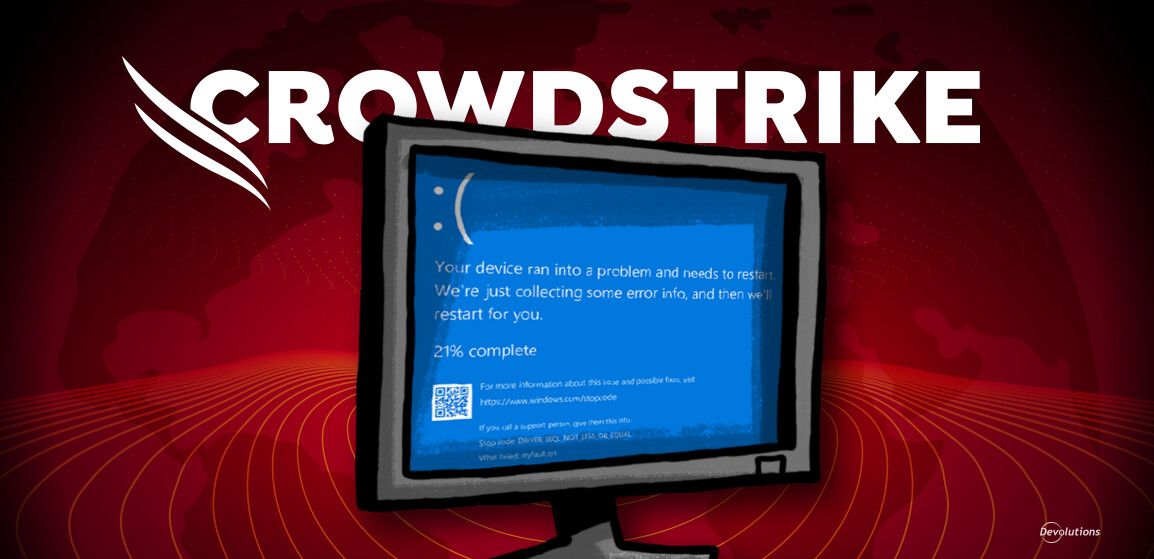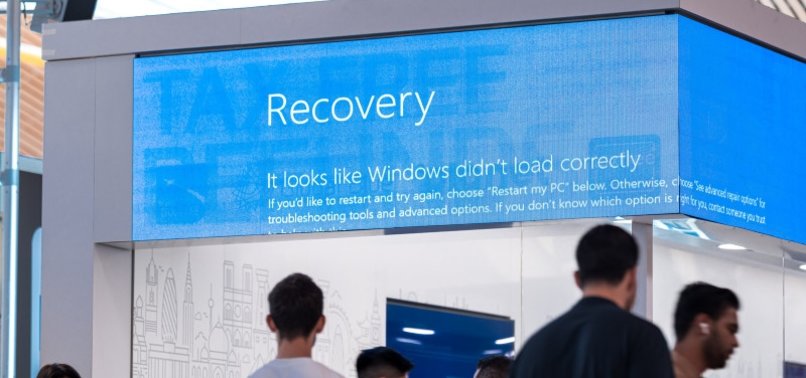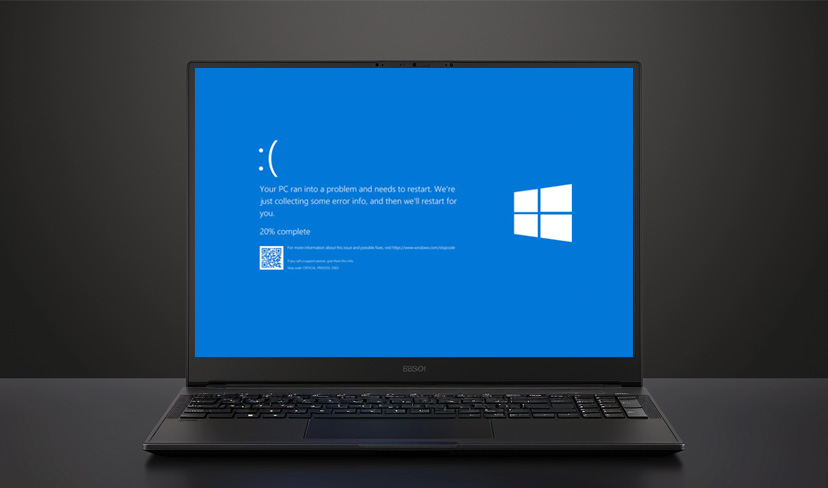Introduction
Overview of the Crowdstrike Service Disruption in July 2024
In July 2024, Crowdstrike, a leading cybersecurity firm, faced a significant service disruption that captured the attention of its clients and the broader tech community alike. This incident underscored the critical importance of consistent, reliable service for organizations relying on cybersecurity solutions. The disruption emerged due to technical failures and unexpected cybersecurity threats. Key details surrounding the event include:
- Duration: The service disruption lasted several hours, impacting numerous clients worldwide.
- Scope: Various services, including endpoint protection and threat intelligence, were affected during the outage.
- Client Reactions: Many customers experienced heightened anxiety regarding their cybersecurity posture amid the disruption.
Crowdstrike's reputation for robust cybersecurity solutions was tested as clients sought clarity and assurances regarding their data's safety. This event served as a wake-up call, highlighting vulnerabilities even in established systems. As the investigation proceeded, the need for effective communication, rapid recovery measures, and a path towards improvement became clear, setting the stage for the subsequent analysis of the incident's root causes and broader implications within the industry.

Root Cause Analysis
Identification of the root cause(s) of the service disruption
Following the service disruption in July 2024, a thorough investigation was launched to identify the root causes behind the incident. The findings revealed two primary influences:
- System Configuration Errors: An unexpected misconfiguration in the server infrastructure led to significant vulnerabilities.
- Cybersecurity Threats: A sophisticated cyberattack exploited these vulnerabilities, compounding the effects of the configuration errors.
Both factors created a perfect storm, resulting in service outages and operational challenges for Crowdstrike.
Impact of the root cause on Crowdstrike's services
The consequences of these root causes were profound and multifaceted:
- Service Outages: Many clients experienced downtime, which disrupted critical cybersecurity functionalities.
- Client Trust Erosion: The incident jeopardized Crowdstrike’s reputation; many clients questioned the reliability of their cybersecurity measures.
- Increased Support Demand: A surge in inquiries overwhelmed the customer support team, further complicating their response efforts.
This incident catalyzed a comprehensive review of internal processes, highlighting the need for enhanced safeguards against future disruptions while fostering a renewed commitment to service reliability. The learnings from these root causes set the stage for important changes moving forward.

Communication Strategy
Evaluation of Crowdstrike's communication strategy during the disruption
During the July 2024 service disruption, Crowdstrike’s communication strategy faced intense scrutiny. Initial responses were swift, but several areas for improvement became apparent:
- Prompt Notifications: Crowdstrike issued immediate alerts to clients, acknowledging the disruption and indicating that investigations were underway.
- Regular Updates: While clients received updates, the frequency and detail of these communications often fell short, leading to uncertainty among users.
The response highlighted the need for a more robust communication framework in crisis situations.
Lessons learned in terms of transparency and timeliness in communication
The incident yielded critical insights into the importance of effective communication:
- Enhanced Transparency: Clients value honest and clear updates during a disruption. A commitment to accountability is essential in maintaining trust.
- Timeliness is Key: Rapid updates reinforce client confidence, even if only to confirm ongoing investigations. Stakeholders prefer regular check-ins over silence during crises.
Ultimately, Crowdstrike recognized the need to refine its communication strategy, focusing on building a system that prioritizes transparency and timely interaction with clients, thus ensuring a stronger bond and heightened confidence in their services in the future.

Technical Response and Recovery
Description of the technical response measures taken by Crowdstrike
In response to the July 2024 service disruption, Crowdstrike implemented a series of technical measures to recover services and mitigate future risks. Key actions included:
- System Audits: An immediate audit of the affected servers helped identify misconfigurations and vulnerabilities that led to outages.
- Security Patches: Software updates and patches were promptly deployed to eliminate the vulnerabilities exploited during the cyberattack.
- Database Restorations: Affected data were restored from backups to ensure continuity of service and minimize client impact.
These steps were prioritized to stabilize services as quickly as possible.
Assessment of the effectiveness of the recovery process
The effectiveness of Crowdstrike’s recovery process was multifaceted:
- Recovery Time: Services were restored within a few hours, demonstrating the efficiency of the technical measures.
- Client Feedback: Early feedback indicated that clients appreciated the rapid response, which mitigated potential long-term damage.
- Post-Recovery Analysis: A thorough analysis unveiled areas needing improvement, particularly system redundancy and proactive monitoring.
While the recovery was prompt and effective, the lessons learned facilitated strategic planning towards enhancing technical resilience against future disruptions, ensuring better preparedness in the evolving cybersecurity landscape.

Customer Impact and Support
Analysis of the impact on Crowdstrike's customers
The July 2024 service disruption significantly impacted Crowdstrike's clientele, revealing various vulnerabilities in customer relations and service delivery. Key effects included:
- Operational Disruptions: Many clients reported interruptions in their security operations, risking their overall cybersecurity posture.
- Loss of Trust: The incident led to concerns about the reliability of Crowdstrike’s services, prompting clients to seek reassurance about the security of their data.
- Increased Anxiety: The uncertainty surrounding the disruption heightened anxiety levels among decision-makers as they grappled with potential security breaches.
Understanding these impacts is crucial for Crowdstrike to manage client relationships effectively in future incidents.
Best practices in providing support and managing customer expectations during service disruptions
To improve customer support during service disruptions, Crowdstrike can adopt the following best practices:
- Proactive Communication: Informing clients immediately about outages and expected resolution times helps manage anxiety and build trust.
- Dedicated Support Teams: Establishing dedicated response teams during incidents ensures that customer inquiries are addressed swiftly and effectively.
- Comprehensive Post-Incident Reviews: Offering clients a detailed analysis after the disruption demonstrates a commitment to transparency and improvement.
By focusing on these practices, Crowdstrike can fortify client relationships, enhancing their confidence in the company's ability to handle challenging situations.
Internal Process Improvement
Reflection on internal processes within Crowdstrike that need improvement post-disruption
In the aftermath of the July 2024 service disruption, it became evident that several internal processes at Crowdstrike required significant improvement to enhance resilience. Key reflection points included:
- Incident Response Protocols: The existing protocols lacked clarity, leading to delays in identifying and mitigating the disruption's root causes.
- Configuration Management: Automated monitoring and configuration management systems were underutilized, contributing to the initial service disruptions.
- Cross-Departmental Coordination: There was inadequate communication and collaboration between departments, hampering a unified response to the crisis.
These reflections indicated a pressing need to streamline internal processes.
Recommendations for enhancing internal procedures to prevent future disruptions
To bolster internal processes and prevent future disruptions, Crowdstrike can adopt the following recommendations:
- Enhanced Training: Regularly training staff on incident response and technical best practices can improve crisis reaction times.
- Automated Monitoring Systems: Implementing robust monitoring tools can help detect anomalies quickly, providing early alerts for potential issues.
- Interdepartmental Collaboration Workshops: Hosting workshops to foster collaboration can improve communication channels and facilitate a more cohesive approach to incident management.
By adopting these recommendations, Crowdstrike can enhance its operational capabilities, ensuring a more resilient framework for managing potential disruptions in the future.

Industry-wide Implications
Examination of the broader implications of the Crowdstrike service disruption within the cybersecurity industry
The July 2024 service disruption at Crowdstrike has reverberated beyond the company, prompting a re-evaluation of practices across the cybersecurity industry. Key implications include:
- Increased Scrutiny of Incident Response: Organizations are now under more pressure to develop comprehensive incident response plans that account for unforeseen vulnerabilities.
- Reinforcement of the Importance of Configuration Management: Misconfigurations, a large contributor to the disruption, highlight the need for robust configuration management practices across the industry.
- Potential Shift in Client Expectations: Clients increasingly prioritise transparency and real-time communication from their cybersecurity vendors, expecting faster and more precise responses during crises.
Insights into potential changes in industry standards or practices
In light of the incident, several potential changes to industry standards may emerge:
- Enhanced Regulatory Compliance: Regulatory bodies may introduce stricter compliance frameworks focusing on incident reporting and management protocols.
- Adoption of Advanced Monitoring Technologies: Organizations may begin deploying more advanced monitoring systems to improve anomaly detection and response times.
- Best Practices Development: The creation of industry-wide best practice guidelines for risk management could emerge, fostering a unified approach to enhancing security resilience.
These insights indicate an evolving landscape where cybersecurity firms must remain agile and adaptive in addressing emerging threats while continuously improving service reliability.

Conclusion
Key takeaways and actionable lessons learned from the Crowdstrike service disruption in July 2024
The Crowdstrike service disruption in July 2024 serves as a crucial learning experience for the company and the cybersecurity industry. Several key takeaways emerge from this incident:
- Prioritizing Robust Incident Response: A well-defined and regularly updated incident response plan is vital. Organizations should simulate crisis scenarios to ensure readiness.
- Effective Communication: Transparency and timely communication during a disruption can enhance customer trust. Clients appreciate regular updates, even when immediate solutions are not available.
- Continuous Monitoring and Configuration Management: Investment in advanced monitoring tools and strict configuration management practices can help prevent vulnerabilities that lead to outages.
- Post-Incident Reflection: Conducting thorough post-mortem analyses after incidents ensures the identification of weaknesses and opportunities for improvement.
Cybersecurity firms can bolster their resiliency against future disruptions by integrating these lessons into their operational frameworks. As the industry evolves, organizations that remain proactive and adaptive will position themselves for sustained success, ensuring that they effectively safeguard client data and maintain trust in their services.




